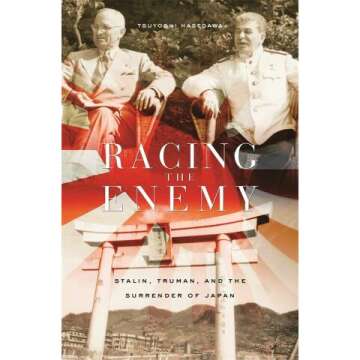The Historic Surrender of German Forces
On May 4, 1945, the surrender of German forces in Denmark, Norway, and the Netherlands marked a pivotal moment in the waning days of World War II. This event took place as the Allied forces clamped down on remaining Axis powers and celebrated victories across Europe. The unconditional surrender to British Field Marshal Bernard Montgomery at Luneburg Heath signified not just a military triumph but also signaled the impending end of a devastating global conflict.
Montgomery’s Command and Leadership
Field Marshal Bernard Montgomery played a crucial role in the military strategies that led to this surrender. Having earned a reputation as one of Britain’s most competent generals, Montgomery’s leadership facilitated a series of successful campaigns in North Africa and Europe. The surrender at Luneburg Heath was a result of the Allies' relentless pressure that led German forces to realize further resistance was futile.
The Final Days of WWII
The surrender of German forces in Denmark, Norway, and the Netherlands exemplifies the chaotic and uncertain final days of World War II in Europe. After Adolf Hitler’s suicide on April 30, 1945, German forces were in disarray, with many armies losing their will to fight against advancing Allied troops. Montgomery’s decisive actions helped to ensure that German troops surrendered without further bloodshed.
The Impact of the Surrender
The unconditional surrender of German troops had far-reaching implications for Europe and the rest of the world. It not only marked a significant turning point in the liberation of occupied countries but also laid the groundwork for subsequent peace negotiations and the division of Germany.
The Liberation of Occupied Nations
The surrender allowed for the liberation of nations like Denmark and Norway, which had endured harsh occupations during the war. This event rekindled hope and marked the beginnings of restoration and rebuilding efforts in these countries, greatly impacting their post-war identities.
The Prelude to a Divided Germany
The surrender also set in motion the events leading to the division of Germany into East and West, which would shape European geopolitics for decades. The agreement between the Allied powers, including the United States, the United Kingdom, and the Soviet Union, initiated a new era of tension and division in Europe, known as the Cold War.
Fun Fact
A Unique Surrender Ceremony
The surrender ceremony at Luneburg Heath was informal in nature and marked a unique moment in military history where the end of the war was being celebrated while preparations for peace were already underway.
Additional Resources
Recommended Reading on WWII History
For those interested in delving deeper into this pivotal period, consider reading "The Second World War" by Winston S. Churchill, which provides first-hand accounts and insights, and "Europe in Ruins" by Richard Overy, which discusses the aftermath of the conflict and its effects on Europe.















































































































































































































































































































































































































































































































































































 Continue with Google
Continue with Google